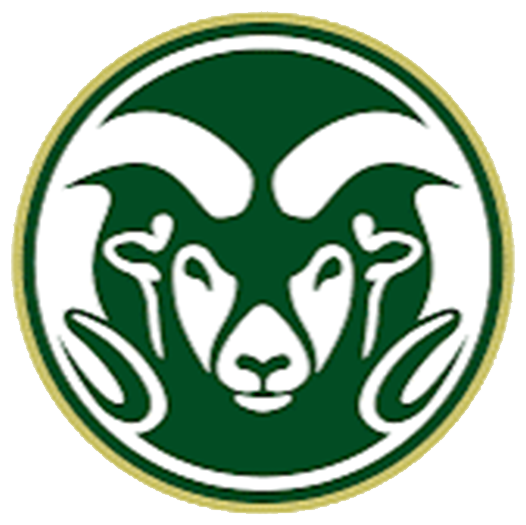Learning About Steelhead
Introduction to Steelhead
In our 5th-grade science class, we are embarking on an exciting journey to learn about steelhead, a fascinating type of fish. Today, we received 100 steelhead eggs from Fish & Game, which were collected at the hatchery. These eggs are currently in the "eyed eggs" stage. This means that the developing embryos' eyes are visible through the egg membrane, a crucial developmental phase before they hatch.
Predicting the Hatch Date
To further understand the lifecycle of steelhead, our class will predict the eggs' hatch date. We will use a scientific formula based on daily temperature units to make our predictions. This activity will help us learn how temperature influences the growth and development of steelhead.
After Hatching
Once the eggs hatch, the young fish, known as fry, will have an egg sac attached to their bodies. This egg sac is filled with nutrients that will feed the fry, so they do not need external food until the sac is absorbed. This process allows us to observe how steelhead start their life and how they grow during their early stages.
Learning Timeline
We will keep the eggs in our classroom until the end of April, which provides us with ample time to continue learning about steelhead. During this period, we will observe the eggs and fry, record data, and discuss our findings.
Field Trip: Steelhead Release Day
At the end of our unit, we will have the opportunity to go on a field trip to "Steelhead Release Day" with Fish & Game. During this trip, students will rotate through various educational stations to learn even more about steelhead and their environment. The highlight of the day will be releasing the steelhead fry into the river, connecting our classroom learning with real-world conservation efforts.
Summary
Our study of steelhead offers a unique hands-on learning experience, combining classroom learning with real-world applications. As we engage with the lifecycle of steelhead, we will deepen our understanding of biology, environmental science, and the importance of wildlife conservation.
All students, K-5, get to observe the fish in the science room, but only 5th grade is doing the lessons on them.

